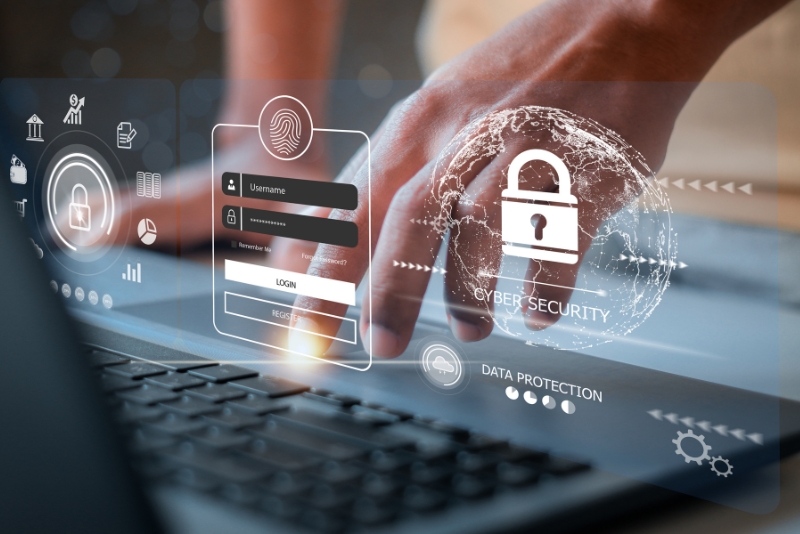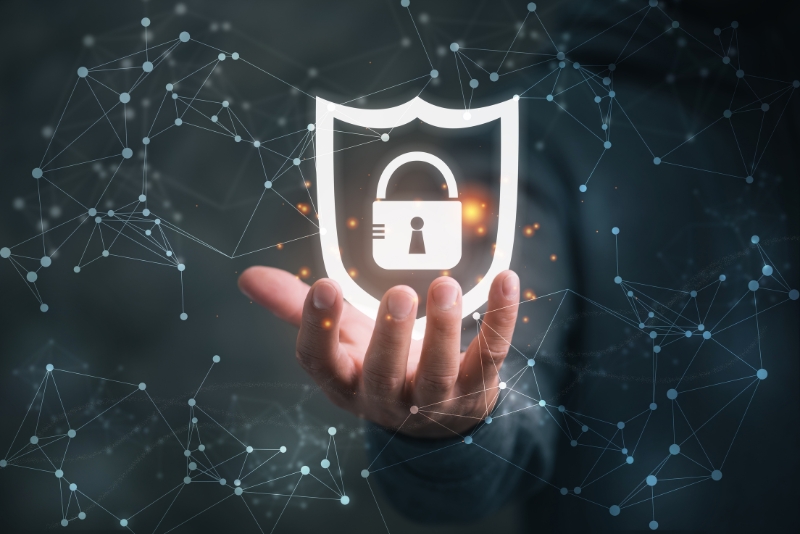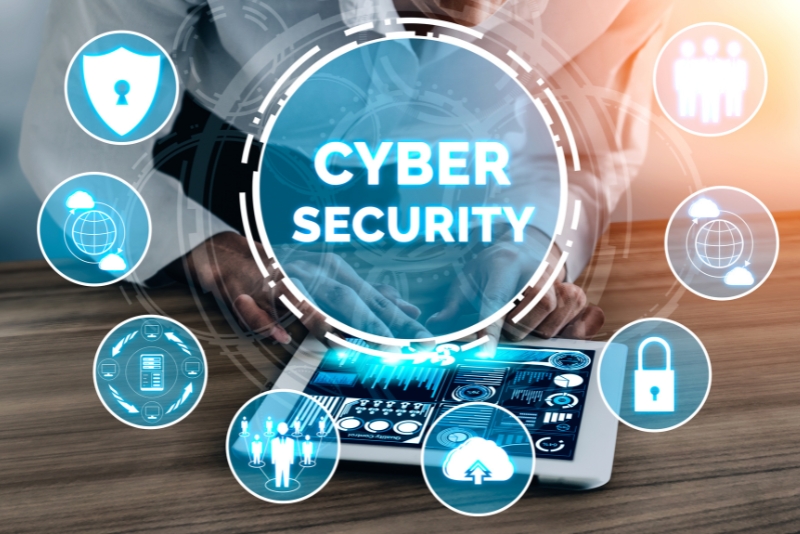Subtotal 0 ₫
In an era of unprecedented digital transformation, cybersecurity has emerged as a critical cornerstone in safeguarding our interconnected world. As individuals, businesses, and nations increasingly rely on technology to power their daily operations and communications, the need to protect against evolving cyber threats has become paramount.
Defining Cybersecurity

Cybersecurity, at its core, is the practice of protecting digital systems, networks, and data from unauthorized access, disruption, or exploitation. This multifaceted field encompasses a wide range of strategies, technologies, and best practices aimed at mitigating the risks posed by cyber threats, such as hacking, malware, phishing, and data breaches.
The foundation of cybersecurity rests on the principles of confidentiality, integrity, and availability (CIA) – ensuring that sensitive information is accessible only to authorized individuals, that data remains unaltered, and that systems and networks are available when needed. By upholding these principles, cybersecurity professionals work to create a secure digital environment that fosters trust, resilience, and innovation.
The Evolving Cybersecurity Landscape

The cybersecurity landscape is constantly shifting, driven by the rapid advancements in technology, the increasing interconnectivity of devices, and the growing sophistication of cyber threats. Cybercriminals, nation-state actors, and hacktivist groups are constantly developing new tactics and techniques to exploit vulnerabilities, ranging from ransomware attacks and data breaches to sophisticated APTs (Advanced Persistent Threats) and nation-state-sponsored cyberwarfare.
In response, the cybersecurity industry has evolved to meet these challenges, employing a wide array of tools and strategies to detect, prevent, and mitigate cyber threats. This includes the deployment of firewalls, intrusion detection and prevention systems, encryption technologies, and advanced analytics to identify and respond to suspicious activities.
Moreover, the increased reliance on cloud computing, the Internet of Things (IoT), and mobile technologies has further expanded the attack surface, necessitating the development of robust security controls and practices to protect these emerging digital environments.
Cybersecurity Frameworks and Standards

To navigate the complex and ever-changing cybersecurity landscape, organizations and governments have developed comprehensive frameworks and standards to guide their security efforts. These include internationally recognized frameworks such as the National Institute of Standards and Technology (NIST) Cybersecurity Framework, the ISO/IEC 27001 standard, and the Center for Internet Security (CIS) Controls.
These frameworks provide a structured approach to identifying, assessing, and mitigating cyber risks, helping organizations to align their security strategies with best practices and regulatory requirements. By adopting these guidelines, businesses and public entities can enhance their cybersecurity posture, improve incident response capabilities, and demonstrate their commitment to protecting sensitive data and critical infrastructure.
The Human Element in Cybersecurity

While technology plays a crucial role in cybersecurity, the human element is equally important. Employees and end-users are often the first line of defense against cyber threats, and their awareness and vigilance can make a significant difference in preventing successful attacks.
Comprehensive security awareness training, which covers topics such as recognizing phishing attempts, practicing safe browsing habits, and reporting suspicious activities, is essential in empowering individuals to become active participants in the cybersecurity ecosystem. By fostering a culture of security awareness and responsibility, organizations can significantly reduce the risk of human-centric vulnerabilities.
Cybersecurity Talent and Education

As the demand for cybersecurity professionals continues to grow, the need for comprehensive education and training programs has become increasingly vital. Academic institutions, both at the undergraduate and graduate levels, have responded by developing specialized degree programs and certifications in cybersecurity, equipping the next generation of security professionals with the knowledge and skills required to protect against evolving cyber threats.
In addition, organizations are investing heavily in continuous learning and professional development opportunities for their existing IT and security teams, ensuring they stay abreast of the latest tools, techniques, and industry best practices. This commitment to building a robust and diverse cybersecurity workforce is critical in addressing the global shortage of skilled security professionals.
The Future of Cybersecurity: Challenges and Opportunities

As the digital landscape continues to evolve, the cybersecurity field faces a multitude of challenges and opportunities. The rise of emerging technologies, such as artificial intelligence, quantum computing, and the Internet of Things, will undoubtedly introduce new vulnerabilities and attack vectors that will require innovative security solutions.
Moreover, the increasing geopolitical tensions and the ongoing threat of nation-state cyber actors underscore the need for collaborative, cross-border efforts to enhance global cybersecurity resilience. Governments, industry leaders, and international organizations must work in tandem to develop robust policies, information-sharing frameworks, and coordinated incident response mechanisms to combat these complex and persistent threats.
Despite these challenges, the future of cybersecurity also presents exciting possibilities. Advancements in areas like machine learning, blockchain, and cloud security hold the potential to revolutionize the way we detect, prevent, and respond to cyber threats, ushering in a new era of proactive and adaptive security measures.
As we navigate this dynamic and ever-evolving digital landscape, the imperative for robust and resilient cybersecurity has never been more crucial. By embracing a holistic, collaborative, and forward-thinking approach, we can ensure that the benefits of technological progress are realized in a secure and trustworthy manner, empowering individuals, businesses, and nations to thrive in the digital age.


